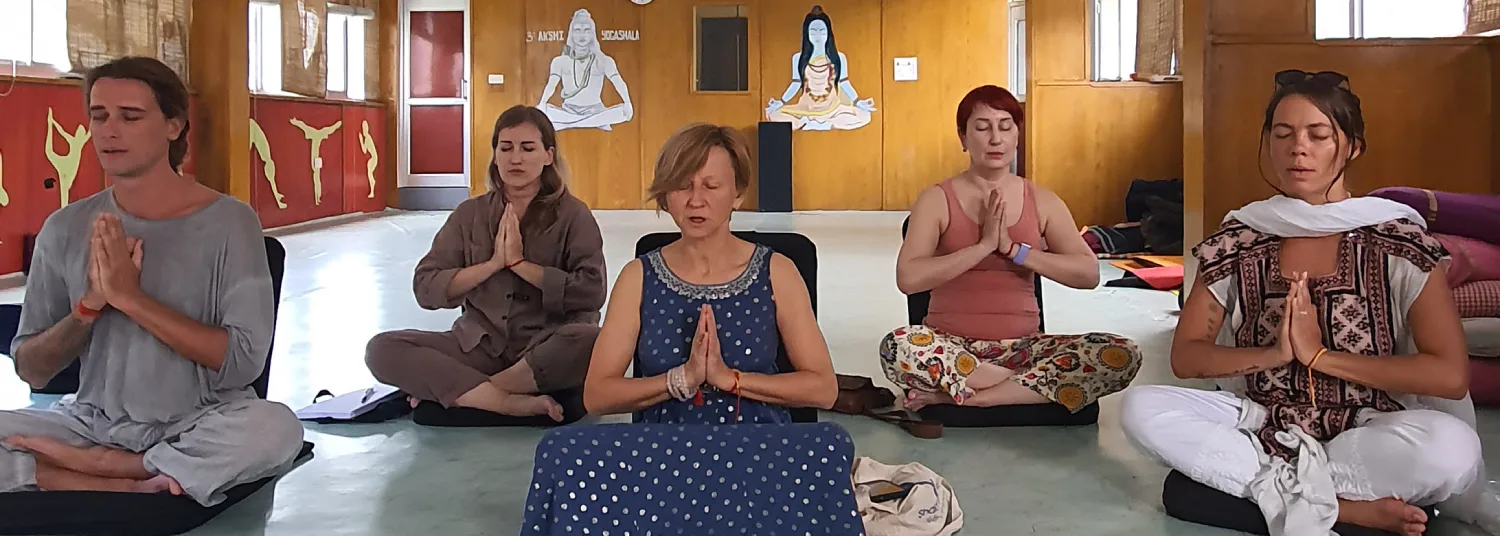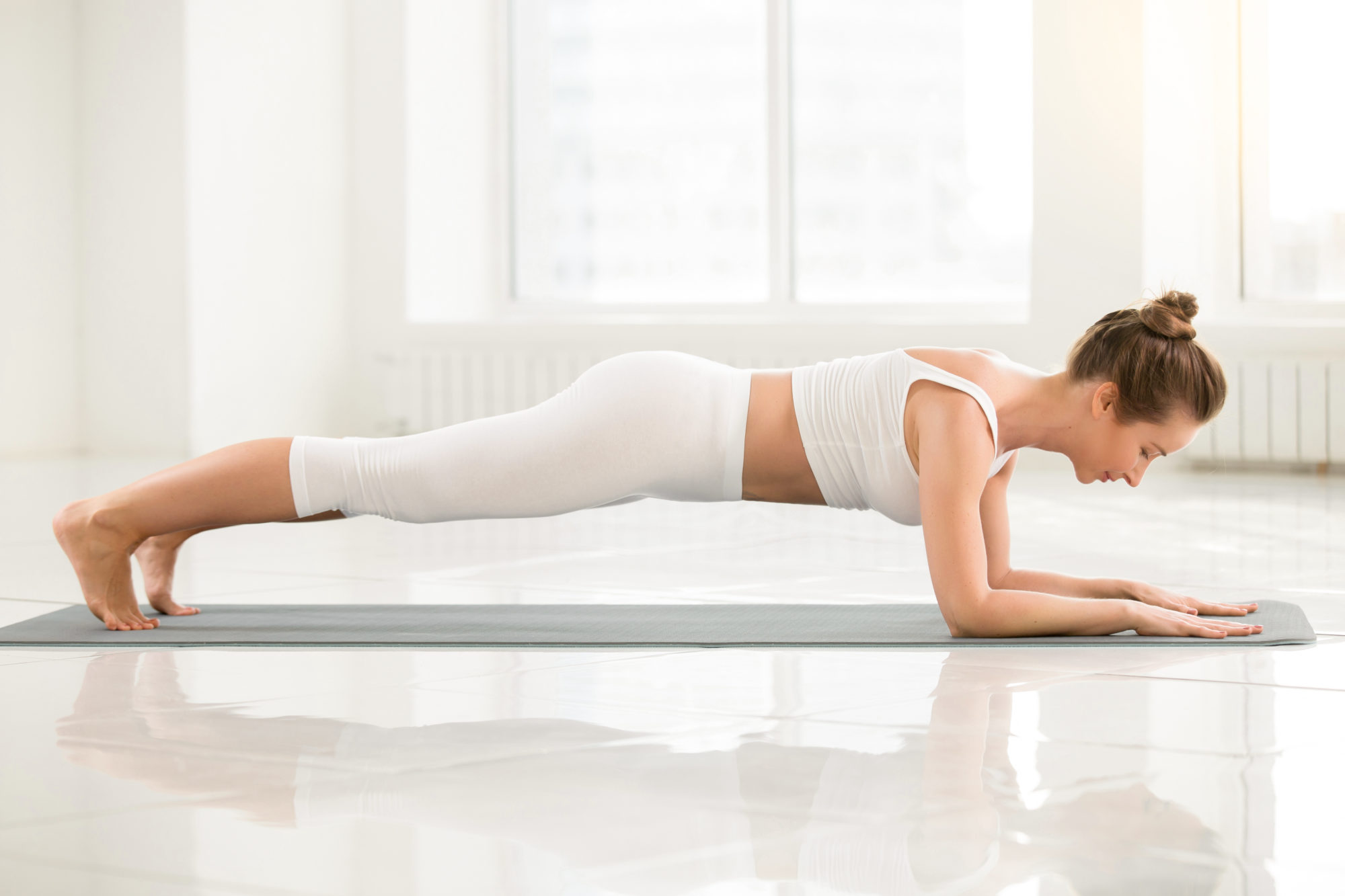Congratulations and greetings to the peaceful depth of your yoga practice! In case you are looking for a pose that offers strength, stability and some fun, then the Dolphin Plank Pose is your thing. Not just playing with your core, this stimulating forearm plank will bring new avenues of flexibility and balance too. Regardless of whether you are a yoga veteran or simply want to dip your toes in the waters of health and wellness, this potent pose has advantages that can make body and mind feel good. We are going to take you through the steps of Dolphin Plank Pose mastered by experts, we are going to show you its benefits that are not limited to gaining body strength, and we are also going to explain the precautions to remember as you are completing this dynamic pose. Swing onboard with us as we unravel all that you need to know about making waves with your practice!
Introduction to Dolphin Plank Pose
The dolphin plank is also known as the forearm plank and it is an active and energizing yoga position that tests strength and equilibrium. Okay, so, in case you are on the hunt for means to challenge your core training along with staying more in touch with your mind-body relationship, this pose may very well become your new best friend also. It is not just about getting muscle, it is also a chance to breathe more profoundly and find yourself in the busy world around.
Along with getting acquainted with this strong pose, you will learn that it involves several muscle groups, including your abs, shoulders, and helps you to work on the overall body awareness. The Dolphin Plank Pose is a move that is capable of constructing all yogis and those individuals who are beginning their fitness regime. Will you plunge into it? Come on, and we will untangle these steps and advantages of this amazing posture!
Must Read: 200 Hour Yoga Teacher Training in Rishikesh
Step-by-step guide on how to do the pose correctly
Start by getting on the hands and knees position to achieve the Dolphin Plank Pose. Ensure that your wrists are under your shoulder and knees under your hips.
Get lower all the way to your forearms, either by intertwining the fingers or flat palms on the mat. Elbows should be at right below the shoulders.
Draw your toes under you as you keep your hips elevated facing the ceiling. This will make a V-shape of a position, where your body will look like an upside-down.
Contract your core by drawing it in and maintain a straight line with head to heels. To be stable, do not slouch at the lower back.
Neck should remain free, and your eyes toward the floor between your legs or just little above. Keep breathing and stay in this feature position until you have several breaths and then softly bring yourself down.
Benefits of Dolphin Plank Pose for the body and mind
Dolphin Plank Pose has plenty of health benefits both physically and mentally. On physical terms, it makes the shoulders, the core, and the back muscles stronger. This pose works many body parts requiring a full-body exercise.
In addition to getting stronger, Dolphin Plank also strengthens stability and balance. When you are standing on this position, your body understands how to synergetically cooperate and coordinate better.
Mentally, as far as placement is concerned, this pose produces concentration and mindfulness. You should focus on the correct body alignment and deep breathing. A combination of these helps to bring in clarity in thoughts and lowers stress levels.
Also, maintaining the position will promote the deep stretching of the spine together with longening of the hamstrings and calves. Slowly, the end effect is the increased flexibility.
Dolphin Plank can also get your energy up by introducing endorphins into the exercise. It is a self-affirming affair that supports emotional balance with physical strength.
Precautions and modifications for beginners or those with injuries
It is important to pay attention to your body when performing Dolphin Plank Pose. In case you are having any shoulder injuries or injuries in the wrist, do not apply much weight on these body parts. As an alternative, one can suggest getting assistance of a wall in the full pose.
In case of beginners, the pose can be changed to gain strength steadily. Alternatively, you may rest your knees in the floor keeping the forearm. This will lessen the pressure and will enable you to concentrate on alignment.
In the event of flexibility, a block under shoulders or forearms may be used to obtain additional elevation. Always get your neck to relax; it should not be strained when you maintain the posture.
It can also be preventive to undertake light warm stretching before making the attempt to this pose to avoid any discomfort as this can improve performances. Remember though: yoga is not about being perfect: it is all about the journey, so make it slow and fun!
Variations of Dolphin Plank Pose for a more challenging practice
Optionally, to increase the level of your Dolphin Plank Pose, you can lift one leg after another to open up space. This is a twist that activates your core and builds your balance. When in the pose, gradually extend the right leg and keep straight. Stay there the length of several breaths and then change to the left.
Dolphin Plank with knee taps is another difficult exercise. This is done by starting on the feet and dropping down to the knees on one side keeping the rest of your body aligned with the hips and shoulders. Resting on alternate sides in order to create more strength and stability.
To take the level up a notch, you may also switch to side plank with just a few breaths in Dolphin Plank. Twist your body using your feet on top of each other and tighten one arm upwards to give support.
Whenever you add variety in your practice, it makes it more interesting and gives your body the additional stimulation needed to engage a variety of muscle groups on a more regular basis.
Tips for maintaining proper form and alignment in the pose
In order to practice Dolphin Plank Pose properly, begin by making sure your shoulders are placed directly over the elbows. The alignment aids in equalizing the weight and minimizing pressure on the joints.
Use your center during the pose. A robust core does not only support your spine, but it is also making you feel more stable by maintaining the position longer.
Relax your neck so that it is in position with your spine. Neither crane your neck nor flop your head; rather, look slightly in front of you rather to be level on the standing position.
The distance between your feet is supposed to be hip, but this helps to balance. To engage the leg muscles well, press down on the ground using both heels.
Finally, it is important to think of breathing deeply and steadily. Breath with movement helps to develop mindfulness and helps to maintain energy levels in every hold.
More Details: 300 Hour Yoga TTC in Rishikesh
How to incorporate Dolphin Plank Pose into a yoga flow or workout routine
When you use Dolphin Plank Pose in your yoga flow, you can increase your strength and stability. Get warmed up by doing some light stretches of your core and shoulders.
Activate Downward Dog to Dolphin Plank. This gives a smooth transition between poses, which boosts the flow and circulation of energy in your practice.
Stay in the pose a few breaths and then follow it with other asanas such as Child or Cobra, letting yourself recover but remaining engaged in your core muscles.
In case you are incorporating it into a workout routine, you can combine Dolphin Plank with such exercises as mountain climbers or push-ups. These movements will be supported by the stability that is acquired through the pose.
Even in the highest intensity workouts do not be afraid to cycle back to Dolphin Plank as an active rest that adds work rather than rest to the body. The thrill of change is exciting.
Common mistakes to avoid while doing Dolphin Plank Pose
One common mistake in Dolphin Plank Pose is letting the hips sag. This misalignment can strain your lower back and reduce effectiveness. Keep your core engaged to maintain a straight line from head to heels.
Another issue arises when the shoulders are too tense or raised towards the ears. Relax your neck and draw your shoulders away from your ears for better support and comfort.
Many practitioners also overlook their hand placement. Ensure that your forearms are parallel, with elbows directly beneath the shoulders. Incorrect positioning can lead to instability.
Lastly, avoid holding your breath while in this pose. Remember to breathe deeply and steadily, allowing oxygen flow throughout your body, which helps sustain strength during the hold.
Conclusion: Encouragement to try out this powerful yoga pose and reap its rewards.
The Dolphin Plank pose is such an amazing yoga posture in any yoga session or exercise. It confronts the body and enhances strength and flexibility. This pose has many advantages whether you are seeking to develop your core stability, or need to strengthen your upper body.
With the help of Dolphin Plank, you may not only train your body but also your mind. This pose has allowed many yogis to build concentration and perseverance in and out of the mat.
Keep in mind that it is vital to be cautious about the pose. Be attentive to your body and adjust accordingly whether it is new or you are managing injuries. Practice will allow you to see a variation in alignment and form as time passes.
Why not then, give Dolphin Plank Pose a go? We reap both the benefits and challenges that make our connection between the mind and the body stronger. It may well become your favorite pose in a short while!


